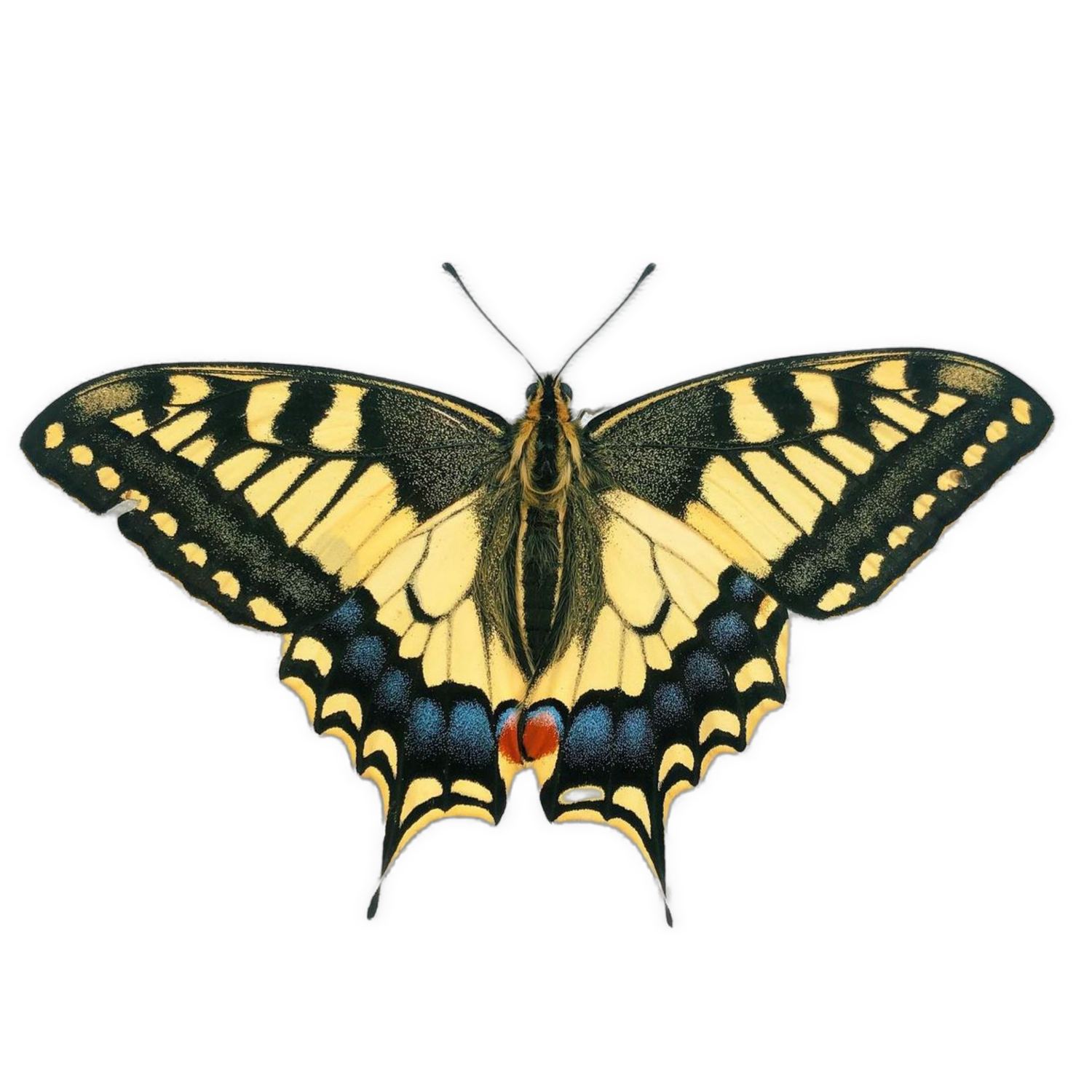Actias ningpoana EGGS
Previously considered a subspecies of the Indian Moon Moth (Actias selene), Actias ningpoana is often referred to as the Chinese Moon Moth - this is confusing, because (1) ningpoana occurs in other countries and (2) Actias dubernardi is also commonly known as the Chinese Moon Moth. Neither is techically wrong, of course, as both are indeed Moon Moths that occur in China, however they require very different host plants so it is important to note the difference. Livestock has been available from various sources in previous years; this season, wild stock is expected later in the summer/autumn. These moths are big and caterpillars reach a massive size before pupating! Typically there are multiple broods per year, with cocoons taking only around 3-4 weeks to emerge. In some regions, ningpoana undergoes dormancy in the winter.
Difficulty - Easy (1/10)
Host plants - Cherry; Hawthorn; Willow; Privet; Birch; Eucalyptus; Privet; Lilac; Alder
Conditions - Room temperature
Lifecycle - Continually brooded
Previously considered a subspecies of the Indian Moon Moth (Actias selene), Actias ningpoana is often referred to as the Chinese Moon Moth - this is confusing, because (1) ningpoana occurs in other countries and (2) Actias dubernardi is also commonly known as the Chinese Moon Moth. Neither is techically wrong, of course, as both are indeed Moon Moths that occur in China, however they require very different host plants so it is important to note the difference. Livestock has been available from various sources in previous years; this season, wild stock is expected later in the summer/autumn. These moths are big and caterpillars reach a massive size before pupating! Typically there are multiple broods per year, with cocoons taking only around 3-4 weeks to emerge. In some regions, ningpoana undergoes dormancy in the winter.
Difficulty - Easy (1/10)
Host plants - Cherry; Hawthorn; Willow; Privet; Birch; Eucalyptus; Privet; Lilac; Alder
Conditions - Room temperature
Lifecycle - Continually brooded
Previously considered a subspecies of the Indian Moon Moth (Actias selene), Actias ningpoana is often referred to as the Chinese Moon Moth - this is confusing, because (1) ningpoana occurs in other countries and (2) Actias dubernardi is also commonly known as the Chinese Moon Moth. Neither is techically wrong, of course, as both are indeed Moon Moths that occur in China, however they require very different host plants so it is important to note the difference. Livestock has been available from various sources in previous years; this season, wild stock is expected later in the summer/autumn. These moths are big and caterpillars reach a massive size before pupating! Typically there are multiple broods per year, with cocoons taking only around 3-4 weeks to emerge. In some regions, ningpoana undergoes dormancy in the winter.
Difficulty - Easy (1/10)
Host plants - Cherry; Hawthorn; Willow; Privet; Birch; Eucalyptus; Privet; Lilac; Alder
Conditions - Room temperature
Lifecycle - Continually brooded

